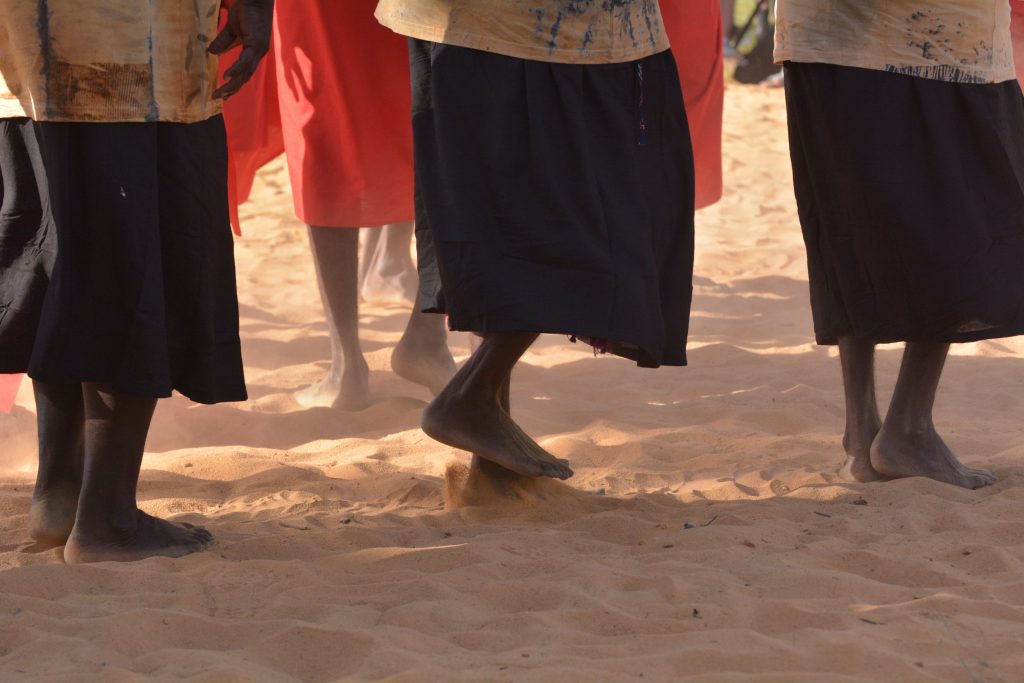
Jean-Christophe Verstraete, a professor of linguistics at the Katholieke Universiteit Leuven, worked closely with two sisters who were the last speakers of Umpithamu to create a new dictionary. The Dictionary was released as a 500-page book and an audio app on which their voices were recorded for posterity. Published by the Australian Institute of Aboriginal and Torres Strait Islander Studies (AIATSIS), A Dictionary of Umpithamu, with notes on Middle Paman, is the first comprehensive dictionary of a Cape York language released in two decades.
The dictionary not only teaches language, but has information about grammar, meaning and use of Umpithamu words. More information can also be found through an English translation index.
Umpithamu is a language of the Princess Charlotte Bay region on the east coast of Cape York Peninsula, in northeastern Australia. A Dictionary of Umpithamu, with notes on Middle Paman is the first comprehensive dictionary of a Cape York language to be published in over two decades. The dictionary provides detailed information about the grammar, meaning and use of Umpithamu words, generously illustrated with example sentences. All information can also be accessed through an index of English translations, organized alphabetically and thematically.
For users with more specific interests, like linguists, anthropologists and biologists, the dictionary further offers phonetic transcriptions, cognates and (Middle) Paman reconstructions for most words, as well as ethnographic notes and identifications of plant and animal species.
“The need was most urgent for Umpithamu because it hadn’t been recorded enough and there were two very good speakers around so there was a chance there to record the language in sufficient detail,” Professor Verstraete told ABC Australia.





